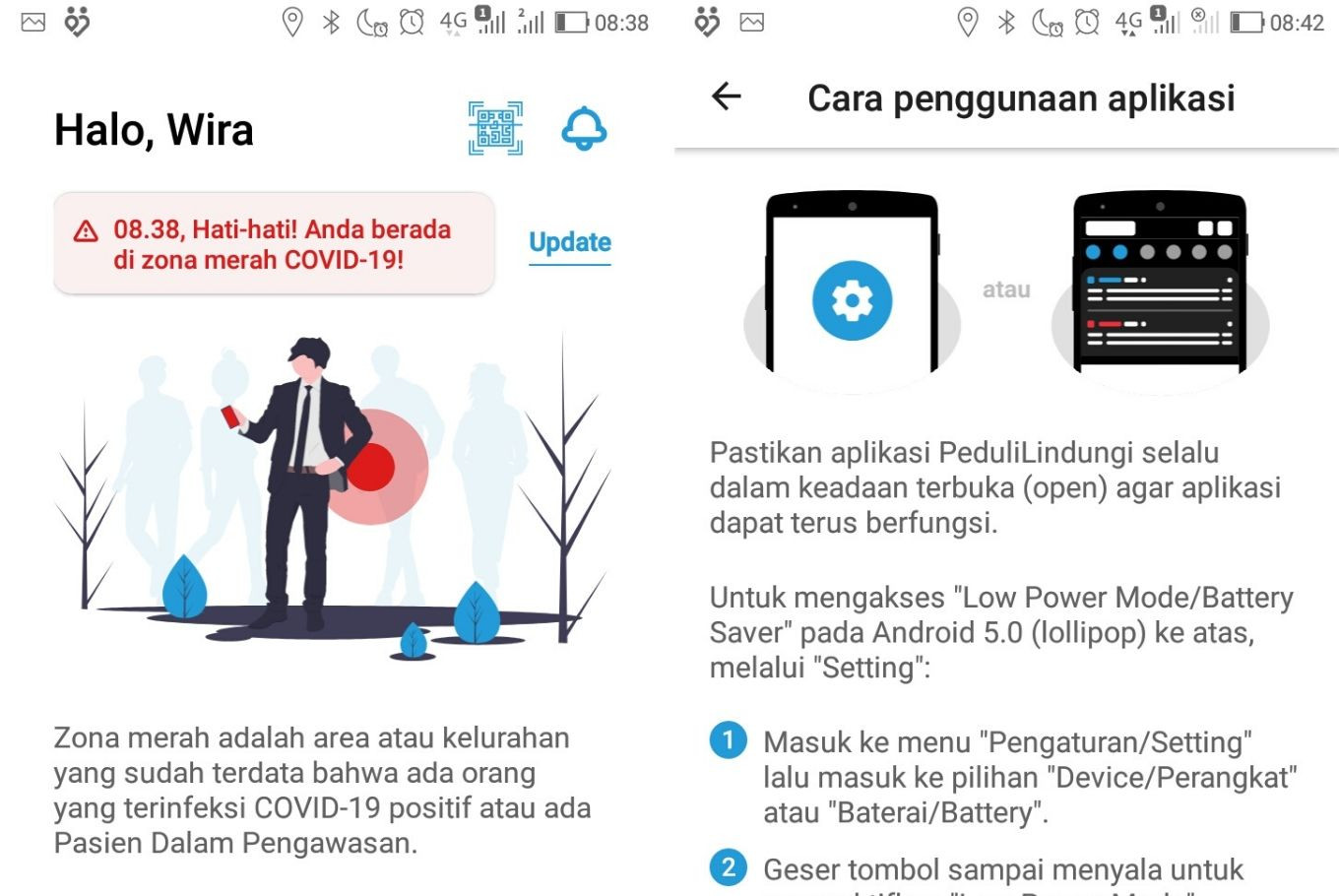Popular Reads
Top Results
Can't find what you're looking for?
View all search resultsPopular Reads
Top Results
Can't find what you're looking for?
View all search resultsRegulatory sandbox for health technology in Indonesia
Rather than forcing burdensome compliance lists on start-ups, regulatory sandboxes encourage and foster innovation based on lessons from real-life practice.
Change text size
Gift Premium Articles
to Anyone
R
ecent data leaks from the PeduliLindungi and now-defunct electronic Health Alert Card (eHAC) applications have exposed cybersecurity risks to health records in the digital space, and therefore the adoption of a regulatory sandbox in technology-enabled healthcare (healthtech) services could help address this weakness by fostering innovation to improve security in the sector.
Indonesia’s booming digital health is unlocking numerous societal benefits. Teleconsultation services, for example, increase efficiency, put downward pressure on prices and offer easy access to health services. The sector is rapidly growing and it is estimated to reap revenue of US$973 million by 2023.
However, as with other digital services, it faces challenges in guaranteeing data privacy and data security. Innovation is central to overcome these challenges, and regulatory sandboxes may help provide an ecosystem that allows disruptive innovation to materialize.
A regulatory sandbox is a setting where innovators are given a supervised space to experiment and live test their services and products in the real market with limited real consumers for a certain period. The supervisor will afterward evaluate whether the innovations meet a certain standard, typically with regard to data and transaction security, risk management and business model, before they are given a license to fully operate.
The use of regulatory sandboxes originates in the fintech sector. In Indonesia, Bank Indonesia (BI) and the Financial Services Authority (OJK) pioneered the approach through BI Regulation No. 19/12/PBI/2017 and OJK Regulation No. 13 /POJK.02/2018. According to the latter, fintech providers are given one year to pilot their innovation over a limited period and receive assessments that determine whether they are permitted to fully operate on a larger scale.
In practice, the design of regulatory sandboxes varies and evolves according to policy needs. In Singapore, for example, a sandbox arrangement is employed to test possible amendments to the country’s Personal Data Protection Act.
More progressively, Malaysia launched the National Technology and Innovation Sandbox (NTIS) in June 2020 as a part of its broad economic recovery plan. Through the NTIS, businesses from various sectors are encouraged to innovate and adapt to the post-pandemic new normal. Ongoing projects under this scheme include the use of robots in farms and hospitals.
In encouraging innovations, the sandbox scheme is superior when compared to traditional top-down policymaking. Rather than forcing burdensome compliance lists on start-ups, regulatory sandboxes encourage and foster innovation based on lessons from real-life practice. This works best for disruptive innovations that face regulatory uncertainty, like healthtech.
Digital health services, delivered by health facilities or by digital health platforms, are unique because they manage users’ sensitive data to deliver services. Teleconsultation services, for example, require doctors to know their patient’s conditions, or even medical history before giving any advice. Similarly, purchasing certain medicines will also require medical prescriptions. Therefore, platforms need to apply best practices to safeguard data privacy.
The rapid adoption of telemedicine and other digital health platforms has changed the healthcare service landscape in the country, despite having to face regulatory uncertainties. There are only two regulations that govern digital health services. Health Ministerial Regulation No. 20/2019 on telemedicine services as part of health services facilities, and Food and Drug Monitoring Agency (BPOM) Regulation No. 8/2020.
To fill the gap, the Indonesian Medical Council (KKI) has also issued Regulation No. 74/2020 on clinical authority and medical practice through telemedicine during the COVID-19 pandemic in Indonesia. Nonetheless, all these regulations provide limited provisions on consumer data protection standards, and this is further worsened by the protracted debates on the personal data protection bill.
The absence of regulations and standards in this sector means that regulatory sandboxes can play a role in developing regulations alongside technological changes of new products and services. Through this process, telemedicine providers can be given space to test out current best practices in data management, sharing and protection. From this, regulators can then be informed about the current technological stage in the industry and how to provide an innovation-supportive regulatory framework for the sector.
As a testing ground for innovative start-ups, regulatory sandboxes for telemedicine can also be applied to advance the interoperability of the platform with different health-related services such as private and public insurance, and e-payment.
Technical standards developed from testing settings can also be a reference for government-initiated health services such as eHAC and PeduliLindungi. Tenders for digital public health platforms should also be required to meet these standards.
The sandbox scheme can still be applied even after such standards and regulations are established later on. The sandbox environment allows exploration of technological advances by the private sector that may break existing policies but make a positive impact if adopted as a standard practice.
In conclusion, innovation is needed to improve the delivery of digital services in the country, including in digital health, and a regulatory sandbox can help stimulate this. Rather than limiting technological standards with compliance lists or leaving firms with regulatory uncertainty, the live-testing environment provided by the sandbox scheme allows regulators to learn from current best practices and design support tools to help the sector grow.
Developers of public health platforms can also benefit from the standards produced by the sandbox settings and provide better protection for consumers.
***
The writer is a researcher at the Center for Indonesian Policy Studies (CIPS). The views expressed are his own.










